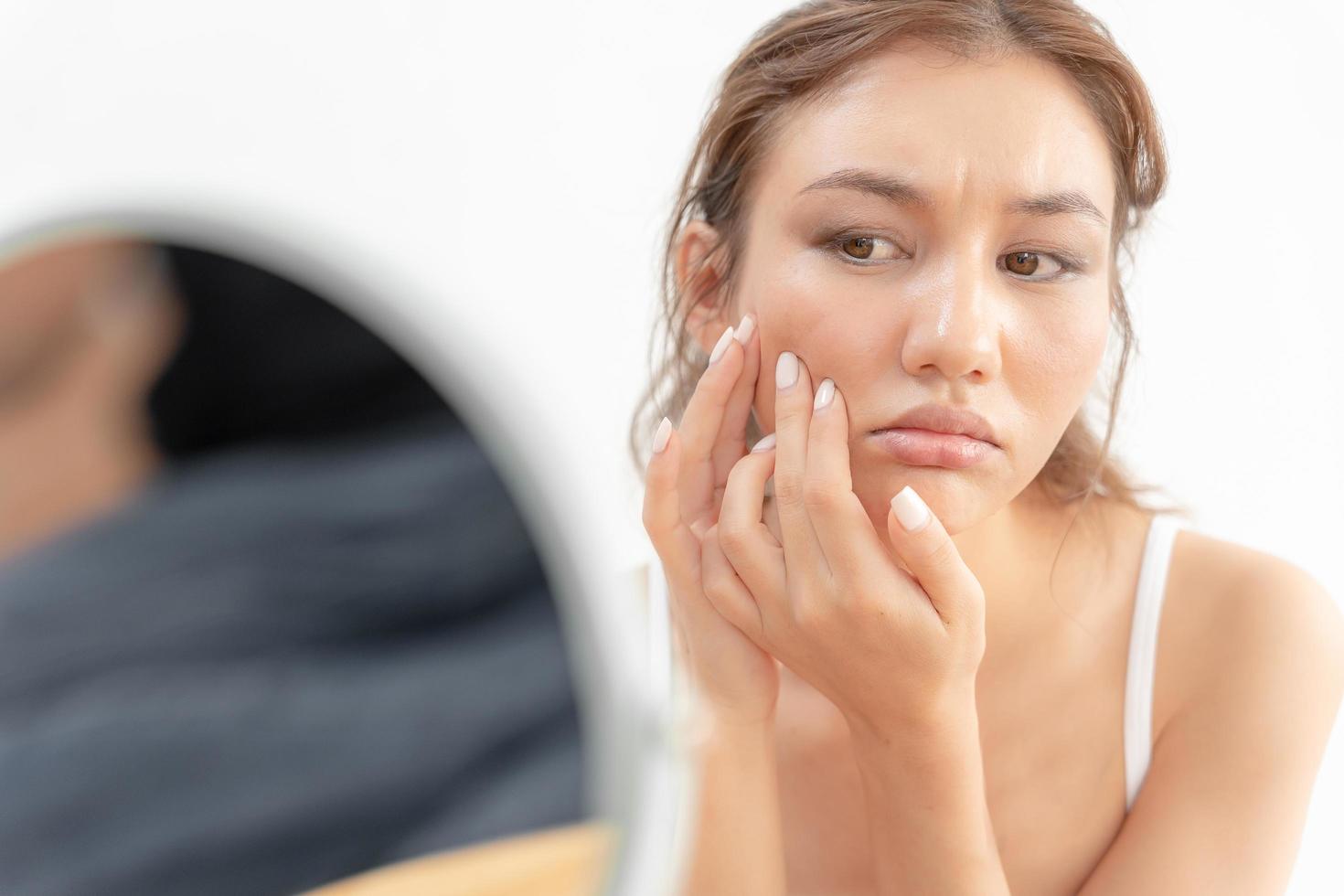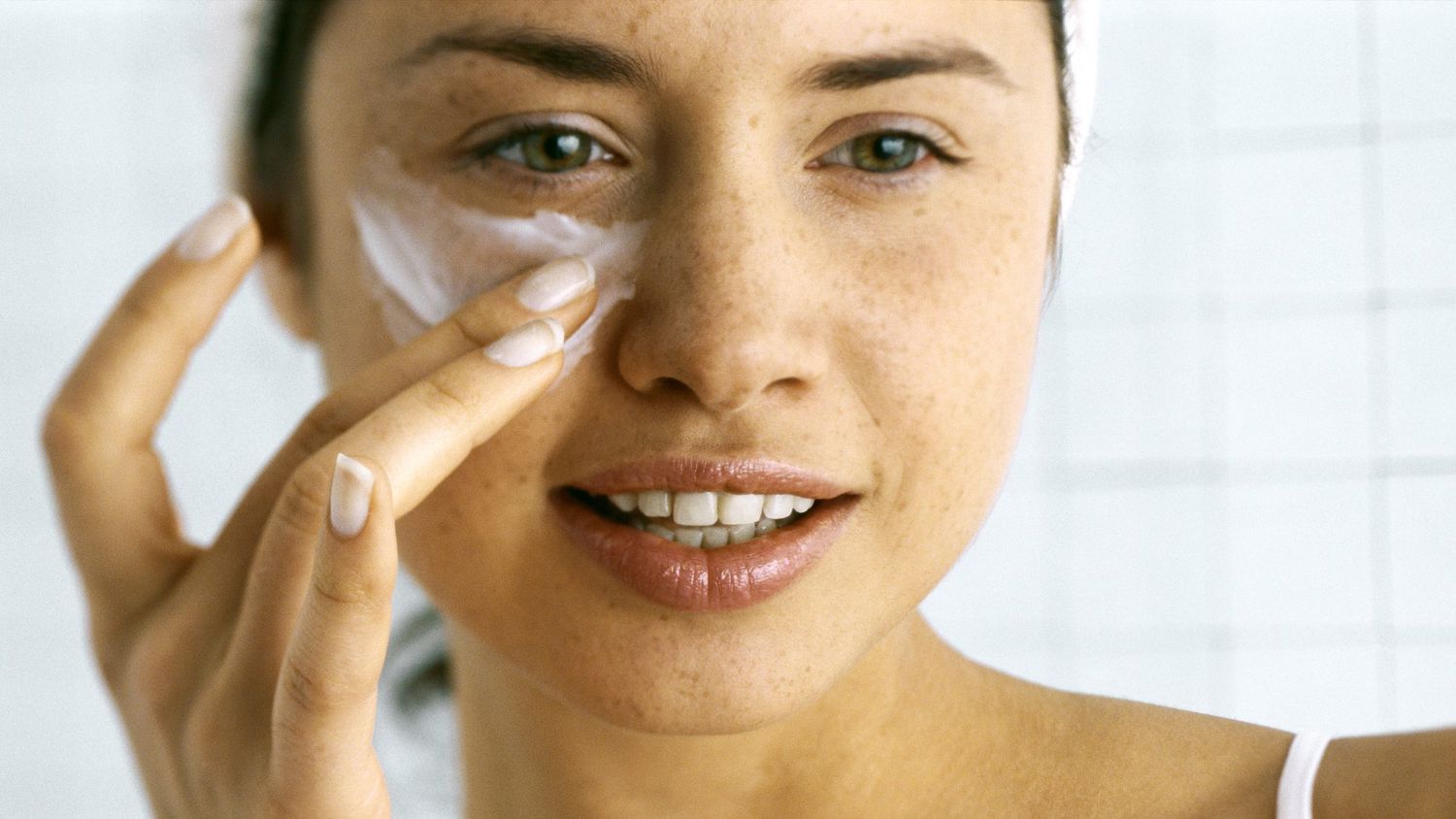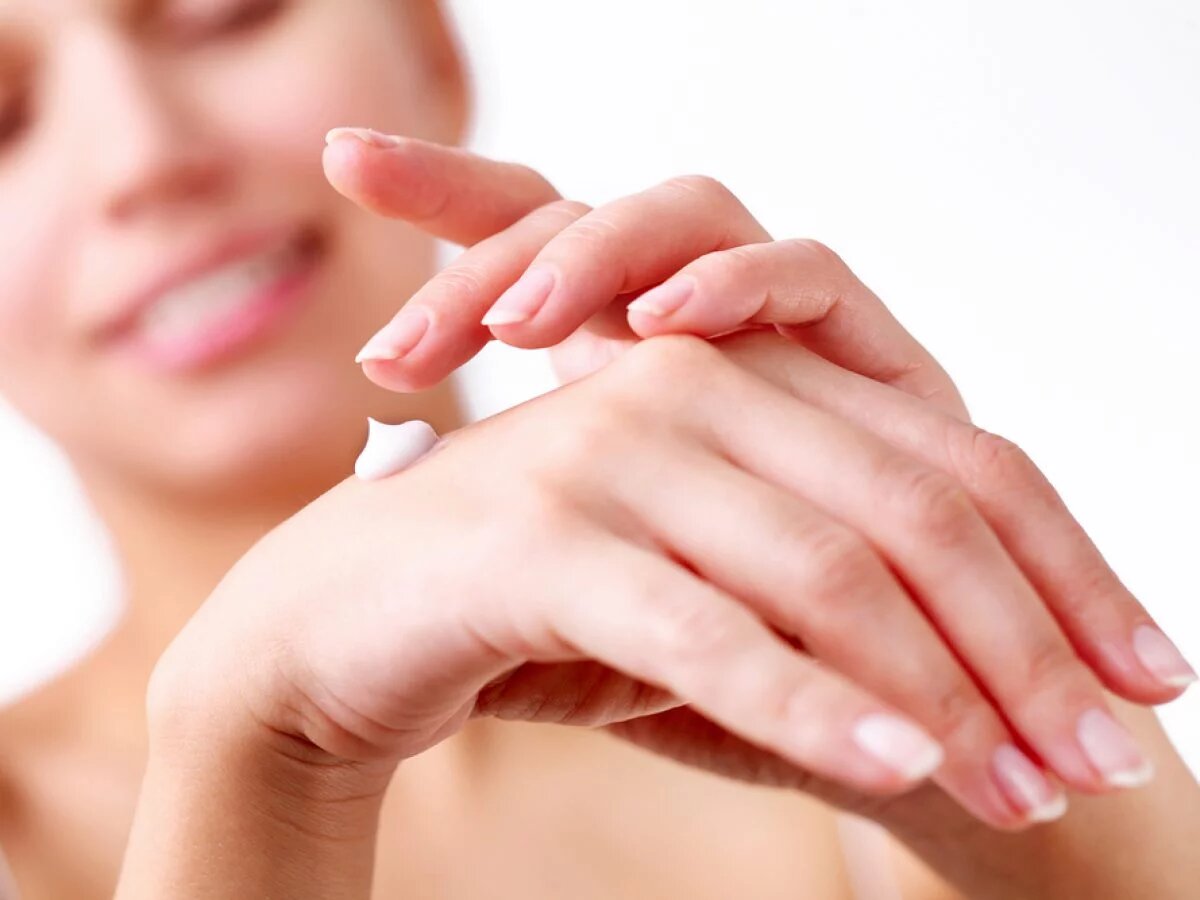Skin Allergies
While Aloe Vera is generally considered safe for topical use, some individuals may develop skin allergies to it. Allergic reactions can manifest as redness, itching, and hives on the skin. These symptoms typically occur shortly after applying Aloe Vera and are more common in people with sensitive skin.
Contact Dermatitis
Contact dermatitis is a skin condition characterized by inflammation and irritation resulting from contact with an irritant or allergen. Aloe Vera, despite its soothing reputation, can trigger contact dermatitis in some cases. Symptoms include redness, burning, and peeling skin.
Photosensitivity
Aloe Vera contains compounds known as anthraquinones, which can make the skin more sensitive to sunlight. If you apply Aloe Vera and expose your skin to the sun without adequate sun protection, you may experience increased sunburn or skin damage.
Dryness and Tightness
Although Aloe Vera is often used as a moisturizer, some people may find it drying when used in excessive amounts. This can result in skin feeling tight and dehydrated. It’s essential to balance Aloe Vera use with a suitable moisturizer, especially for individuals with dry skin.
Skin Irritation
While Aloe Vera is hailed for its soothing properties, overusing it or using it in combination with other skincare products may lead to skin irritation. This can manifest as redness, stinging, or a burning sensation on the skin.
Acne Breakouts Flip Side of Aloe Vera
Aloe Vera is generally considered non-comedogenic, meaning it doesn’t clog pores. However, some individuals may still experience acne breakouts after using Aloe Vera. This can occur if the Aloe Vera product used contains added ingredients or preservatives that are comedogenic or if the skin is sensitive to Aloe Vera itself.
Worsening of Certain Skin Conditions
While Aloe Vera can be beneficial for various skin conditions, it may exacerbate others. People with certain skin conditions, such as rosacea or seborrheic dermatitis, may find that Aloe Vera worsens their symptoms.
Eye Irritation Flip Side of Aloe Vera
Caution should be exercised when applying Aloe Vera near the eyes. Contact with Aloe Vera gel can cause irritation, redness, and discomfort in the eyes. If this occurs, rinse the eyes thoroughly with water and seek medical attention if the irritation persists.
Allergic Cross-Reactivity
Individuals with allergies to plants in the Liliaceae family, such as onions, garlic, and tulips, may be at a higher risk of experiencing allergies to Aloe Vera. This is due to cross-reactivity between allergens in these plants.
Gastrointestinal Upset (Oral Use)
While this article primarily focuses on topical use, it’s important to mention that Aloe Vera is sometimes consumed orally for its potential health benefits. Ingesting Aloe Vera latex, a yellow substance derived from the plant’s inner leaf skin, can lead to gastrointestinal upset, including cramps and diarrhea.
Conclusion
Aloe Vera undoubtedly boasts a plethora of benefits for the skin, but it’s crucial to be aware of its potential side effects, especially when used excessively or inappropriately. While many people can use Aloe Vera without any issues, others may experience adverse reactions, such as skin allergies, contact dermatitis, or photosensitivity. It’s essential to perform a patch test before applying Aloe Vera to a larger area of skin, especially if you have sensitive skin or a history of allergies.
Additionally, when using Aloe Vera on your skin, moderation is key. Be mindful of the products you’re using, and if you experience any adverse effects, discontinue use and consult a dermatologist. Aloe Vera is a valuable natural remedy, but like any skincare product, it may not be suitable for everyone, and its side effects should not be overlooked.



